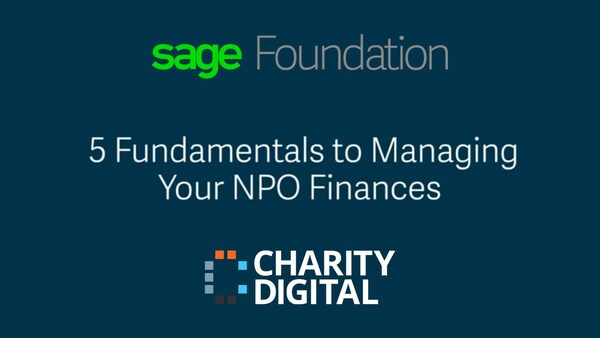Insights
INSIGHTS
All Topics
How charities can reduce financial pressures
We look at what charities can do to prevent and manage financial difficulties
The charity sector is facing huge challenges. Funding cuts, the cost of living crisis, staffing costs, and interest rates are all placing huge pressure on charities. This has led to an increasing number of charities closing.
In September 2024, the Charity Commission issued new guidance to help charity trustees navigate financial difficulties. The advice is split into three sections: 1. How to reduce the chances of a charity getting into financial difficulty, 2. Identifying whether a charity is at risk of insolvency, and 3. Getting legal help to manage financial difficulties.
Mazeda Alam, head of guidance and practice at the Charity Commission, say that managing financial difficulties means making changes and perhaps taking legal steps: “We know that managing financial difficulties is not easy. You can make it less stressful by being prepared for such an eventuality.”
Being prepared
To avoid financial difficulties, or stop them from getting worse, it’s important to be prepared. Senior leaders, finance staff, and trustees all need to have oversight of their organisation’s finances and forecast ahead.
The NCVO offers guidance on putting together a budget and a cashflow forecast. This will help charities to plan and understand their income and expenditure.
Trustees have a responsibility to understand and manage their charity’s finances. The earlier that they can identify a potential problem, the quicker they can act to manage it – and protect the people who use the charity’s services.
The Charity Commission guidance sets out actions that trustees can take to reduce the chances of a charity getting into financial difficulty. This includes regularly monitoring and reviewing the charity’s financial position.
Senior leaders should give trustees clear, accurate, and up-to-date financial information so they understand the charity’s financial position. At each trustee meeting, staff and trustees should discuss the charity’s financial position and performance. If they spot potential difficulties, they should work out a plan to mitigate them.
It’s important to have back-up plans, too. For example, the Charity Commission says, as well as being able to identify opportunities to apply for new funding, trustees should plan for what would happen if the charity doesn’t secure the funding. If you have different options, it reduces the financial risk for the charity.
Using technology
Technology can support charity staff and trustees to control their budgets and have foresight of financial difficulties. Financial management platforms, such as Xero and Quickbooks, can help finance managers to automate their charity’s financial processes. For example, being able to report on and reconcile figures quicker.
Diversifying your income
If charities rely on a single income stream, it can put them at financial risk. By spreading the risk across different income streams, a charity will have greater financial security. Pilotlight says that no one income source should account for more than 25% of an organisation’s income.
Look for other sources of income to support your charity. The Charity Commission suggests asking existing supporters if they can increase their regular donation or make a one-off donation. You may also want to consider launching a fundraising appeal that creates unrestricted income for your charity.
Other options including speaking to existing funders, applying for grants from foundations and speaking to your bank.
Reducing costs
The Charity Commission suggests a number of different ways that charities can reduce their costs. This includes stopping or pausing outgoings that are not essential and joining up with other organisations to share facilities or resources.
Other options include moving to a fully remote model to save on the cost of rent, maintenance and utility bills. You should also review contracts with suppliers and not be afraid to negotiate. Also, if you decide to keep your office space, review your utility bills to make sure you’re getting the best deals.
Make sure you review your membership and subscription costs and decide whether you still need them. Also, look at all your reoccurring costs, like software, to make sure they are still benefiting the charity. And consider buying second hand where you can.
Merging with another charity
One way to reduce financial pressures is for two or more charities with a similar purpose to merge. Pooling resources can improve financial stability and sustainability as you’re reducing staff costs, office space, and administration costs. It may also give you access to a larger number of donors and supporters.
But you don’t have to create a formal merger with another charity to manage financial difficulties. You could partner with other organisations working on the same cause to run campaigns that raise awareness and secure funding.
Kellie Smith
More on this topic
Recommended Products
Related Videos
27 Dec 2024by Ioan Marc Jones
The best online event platforms for charities
24 Dec 2024by Josie Sparling
Podcast: What does digital accessibility mean for charities?
Our Events
Charity Digital Academy
Our courses aim, in just three hours, to enhance soft skills and hard skills, boost your knowledge of finance and artificial intelligence, and supercharge your digital capabilities. Check out some of the incredible options by clicking here.


















